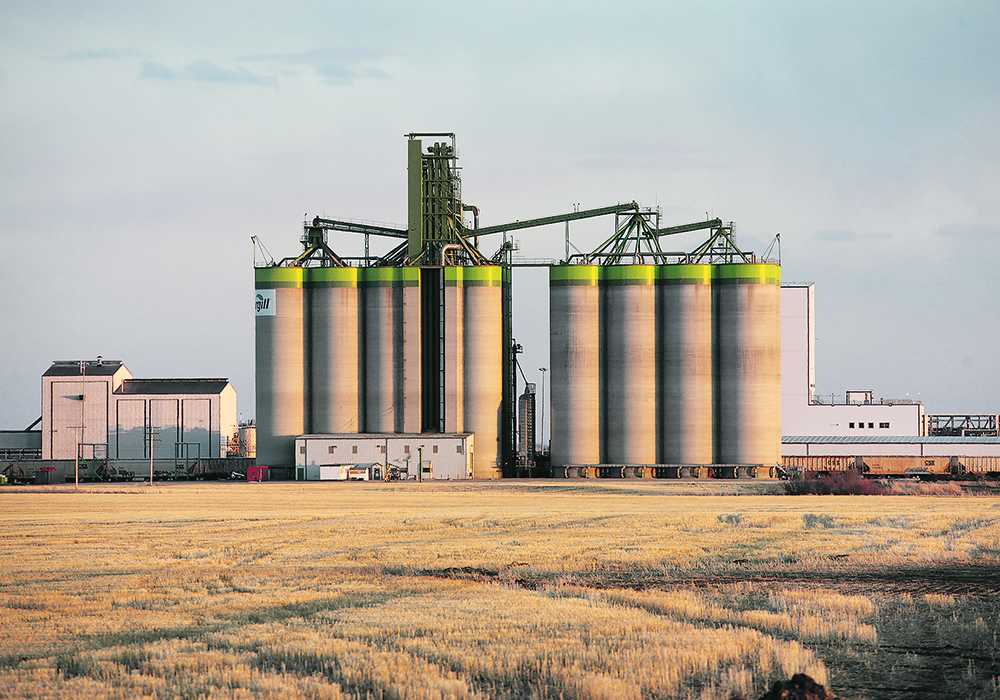This is the Western Grain Elevator Association’s response to the WP editorial, “Prairie farmers score a win in grain commission tussle,” that appeared on page 10 of the Aug. 10 edition.
Western Canadian farmers produce a premium quality crop when compared to most other grain producing nations. The challenge is to maintain our enviable position as we compete with other geographies. Changes to grade standards should be based on science and technology in a way that relates to the evolving demands of the global marketplace.
Read Also

Invigor Gold variety viewed as threat to condiment mustard
Invigor Gold, the canola-quality mustard developed by BASF, is on a collision course with Canada’s condiment mustard industry. It’s difficult to see how the two can co-exist.
Test weight is a critical factor in determining milling yield, and is therefore an important determinant of price domestically and globally. The work done by the Canadian Grain Commission on test weight and total foreign material was intended to enhance the Canadian grading system by aligning the premium quality specifications of export sales with the Canadian grading standards.
At the last minute, the CGC decision was reversed due to the perception it would cost farmers money. It is worth noting that two of our largest competing jurisdictions, both the United States and Australia, do not have dual grading standards. In Western Canada, the concept is a carryover from a prior system of buying and selling wheat that is no longer relevant to the marketplace.
The concept of conducting an economic impact analysis has been raised. However, grain companies will often upgrade producer deliveries for various reasons and for various degrading factors. Because these upgrades cannot be quantified, they will be omitted. Therefore, any economic impact study will ultimately find a rationale to demonstrate a negative impact to growers in a way that falls short of quantifying the financial benefits they also receive, which is inherent in the realities of how grain is purchased.
If the grading system lines up with customer demands, the right value gets passed to the farmers that produce that quality. There are risks and costs associated with maintaining two standards, which means farmers will earn less with a grading system that resists the evolving needs of the marketplace. Conversely, the more risk is removed from the system and the more efficiently grain can be handled through the supply chain, the more benefit western Canadian producers will see in terms of higher prices and competitive bids.
The inability for the Canadian grading system to keep up with customer demand means it is being left behind, and the gaps will be filled through the commercial system. In our experience, most farmers prefer to be accurately compensated for the intrinsic value of the quality they grow.
Wade Sobkowich is executive director of the Western Grain Elevator Association.















